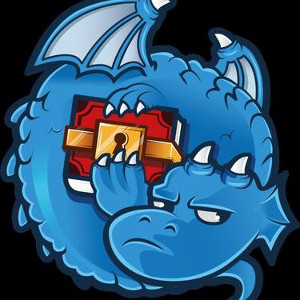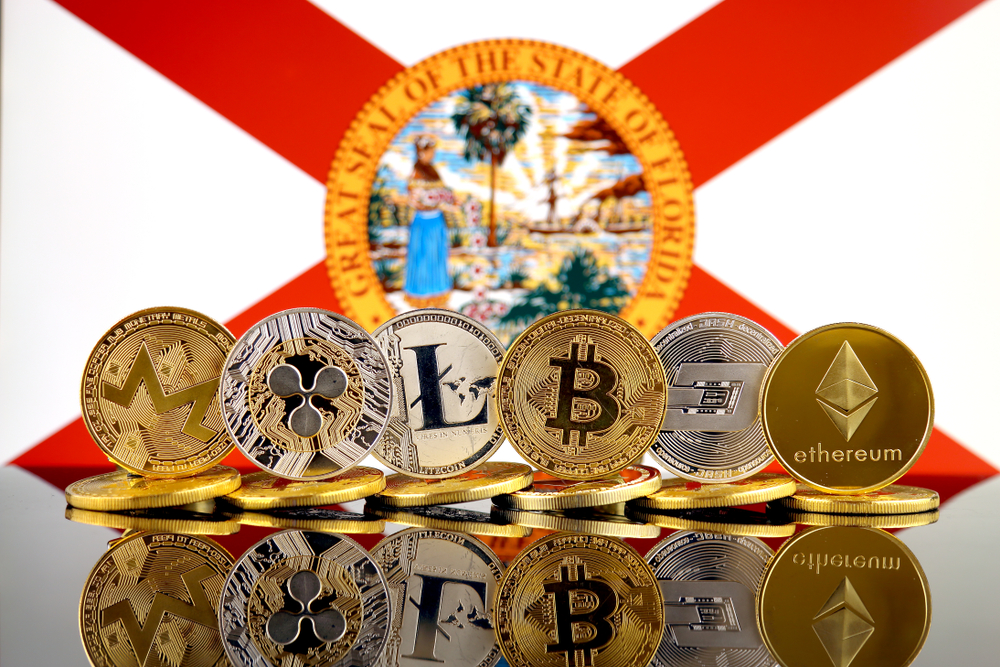Dragonchain is a commercial blockchain protocol that wants to bring smart contract functionality to businesses. The protocol was originally built by Disney to function as a private alternative to popular blockchain platforms like Ethereum and Bitcoin.
Disney began working on Dragonchain in 2015 as the Disney Private Blockchain Platform. Its goal was to build a blockchain system for asset management that offered better data privacy than public enterprise-oriented blockchain protocols. Dragonchain simplifies the integration of real business applications onto a blockchain and provides features such as easy integration, currency agnosticism, multi-currency support, and protection of business data and operations.
Disney abandoned the project in 2016 and made the protocol open source. A group of ex-Disney employees decided to continue maintaining the protocol, so they launched the non-profit Dragonchain Foundation.
The group is now in the process of building a commercial enterprise called Dragonchain Inc. to take advantage of the explosive growth of cloud computing and emerging wave of blockchain solutions—an industry estimated to be worth $7.7 billion USD by 2024—for businesses.
Dragons Value, Market Cap and Volume
The supply of Dragons was capped at 433,494,437 DRGN at the end of the ICO on November 2, 2017. The tokens were distributed as follows:
– 55% (238,421,940 DRGN) were sold to the public
– 20% (86,698,887 DRGN) is held by the Dragonchain team
– 10% (43,349,444 DRGN) is in the Dragonchain Reserves
– 10% (43,349,444 DRGN) is held by the Foundation
– 5% (21,674,722 DRGN) is held by the DragonFund
Only the amount sold to the public (238,421,940 DRGN) is in the circulating supply. The tokens held by the Dragonchain team are locked and will be released slowly over the next two years.
DRGN is still a fairly new asset, but its market cap managed to reach over $1 billion USD in January 2018. Its value has since dropped, but it’s still among the top 100 cryptocurrencies by market capitalization.
How Dragonchain Works
Dragonchain provides a commercial platform for the secure deployment of blockchain applications using a variety of programming languages, including Python, Java, C#, Node.js, and Go. The protocol’s architecture is designed to allow nodes to handle transactions based on five levels of network consensus. This provides a unique level of security and flexibility. Dragonchain’s five standardized levels of consensus are:
Level 1: Business Verification (Approval) – this level provides localized approval of transactions and primarily operates on a trust basis. Data approved at this level is considered trusted by whoever owns the data and anyone who decides to trust that data.
Level 2: Enterprise Verification (Validation) – this level is considered enterprise or network wide and checks for block and individual transaction validity in signature, form, and other required data elements. It provides real-time governance with rules defined at an enterprise level for the validation of all transactions regardless of their locale.
Level 3: Network Diversity Verification – this level verifies the diversity of validation (level 2) verifications and ensures that validations are coming from a sufficiently diverse set of distributed sources. It provides distributed security as an attacker would have to attack multiple systems and data centers to corrupt existing data.
Level 4: External Partner Verification (Notary) – this level provides notary functionality to the consensus process. A level 4 node is hosted by an external partner and cryptographically signs any level 3 verification records it receives. This function allows level 4 nodes to act as independent witnesses to level 3 verifications.
Level 5: Public Verification (Public Checkpoint) – this level provides a bridge to one or more public blockchains and allows clients to interact with them (e.g. Ethereum, Litecoin, Bitcoin, etc.).
Using standardized levels of consensus, Dragonchain provides a wide spectrum of trust for users of blockchain data. Users can trust that their data is valid, but require different levels of consensus verification before accepting and using foreign nodes. The system is designed to increase security and decrease risk as a user goes up each level.
Dragon Tokens
Dragonchain features native tokens called Dragons (abbreviated DRGN) that represent a tokenized license for interaction with commercial platform services. They were issued to the public via an ICO in 2017 and are used for:
- Interacting with the commercial products and services offered on the platform.
- Rewarding users or organizations who run public or private nodes for network consensus.
- Supporting projects in the DragonFund Incubator. Supporters gain early access to technology and data from incubating projects, as well as first access to token sales launched on the platform. Dragonchain implements a “slumber score” as a kind of loyalty program that gives first dibs to long-time Dragon holders.
- Rewarding and incentivizing developers to contribute to Dragonchain’s open source codebase and related projects. Dragons will be used to encourage adoption in the developer community with rewards and training.
Dragonchain vs. Other Cryptocurrencies
Dragonchain’s goal of providing private blockchain solutions to commercial businesses is what sets it apart from similar projects like Ethereum and NEO. By using Dragonchain to implement blockchain solutions, businesses can expect higher scalability, faster speed to market, high levels of security, and lower development costs by using existing programming languages. Its design attributes include:
Serverless deployment – Dragonchain’s architecture provides a serverless blockchain platform. The system will be launched on Amazon AWS and offer the full scaling capability of the AWS platform. This means a business can use a traditional software engineer to build a system that leverages the capabilities of blockchain technology.
Scalable with Google deployments and Amazon AWS – the platform will initially be launched on AWS Lambda. The developers expect to port the system for deployment to Google App Engine and Apache OpenWhisk in the future.
Availability of established languages – Dragonchain gives developers access to multiple languages supported by AWS, such as Java, Node.js, C#, Python, and Go. These languages consistently rank in the top 10 for usage in the real world. By supporting them, Dragonchain provides an easy path for developers to start utilizing blockchain technology.
Currency agnostic – Dragonchain is independent and can scale separately from its token. Blockchains created using the protocol can be launched with or without a currency. The developers are working on releasing additional currency features for the protocol.
Security for business data and operations – data security is a big concern for large corporations that want to leverage blockchain technology. Dragonchain’s five levels of network consensus provide a wide spectrum of trust for users with higher levels of security and better scalability.
Buying, Storing and Selling DRGN
Dragons can be acquired from Kucoin, EtherDelta, Gate.io, Bancor Network, CoinExchange, Cobinhood, IDEX, Token Store, and Tidex. Kucoin has the largest trade volume of DRGN.
Any wallet that supports ERC20 tokens can be used to store DRGN. The Dragonchain team recommends MyEtherWallet, but Mist, Jaxx, and MetaMask should also work. For secure long-term storage, Ledger and Trezor hardware wallets are good choices.
Liquidity of Dragonchain
Dragonchain has managed to maintain good market liquidity despite being a relatively new crypto asset. Its value will likely go up once the full platform is launched towards the end of 2018 and businesses start to adopt the technology.
Dragonchain’s strategy is to penetrate the market through developer relations, corporate sales, and start-up services ranging from advisory to financing. The team has assigned market managers in three regions: USA, Europe, and Asia. Each market manager is concerned with the localization of issues and creating tailored offerings. It’s still too soon to tell whether Dragonchain will prove to be worthwhile investment.








